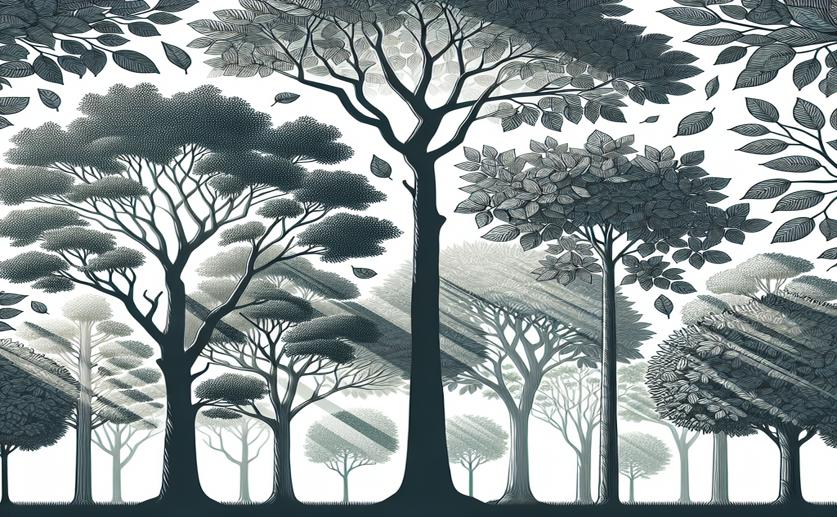
Discovering Leaf Patterns that Minimize Shade in Certain Trees
David Palenski
29th January, 2024

Image Source: Natural Science News, 2024
References
Main Study
1) Newly found leaf arrangement to reduce self-shading within a crown in Japanese monoaxial tree species.
Published 28th January, 2024
https://doi.org/10.1007/s10265-024-01524-5



 24th January, 2024 | Phil Stevens
24th January, 2024 | Phil Stevens